
I love having a pro lens to hand, both for paid work and personal. That said, there's also a time and a place for tools with character over quality, especially if you're in a creative rut or simply want a little fun with your gear.
To that extent, I've recently been shooting with a set of what I'd describe as intentionally flawed lenses, and they are the Light Leak series of lenses by PolarPro.
PolarPro is more widely known for its high-quality lens filters, but it branched out with three characterful Light Leak lenses, and sent me the complete set to have a play with.
These lenses, while optically 'poor', have given me welcome relief from striving for what sometimes feels like sterile optical perfection, and it's thanks to a unique design trick.
The clue to the Light Leak lenses' unique style is in the name – they can leak light onto a mirrorless camera's image sensor for analog-style flare.
You get complete control of the light leak effect – there's a sleeve on the lens barrel that can be pulled out to leak light onto the camera's sensor (see below), and the sleeve can be rotated for a variety of flare effects. Don't want light leak? Close the sleeve.
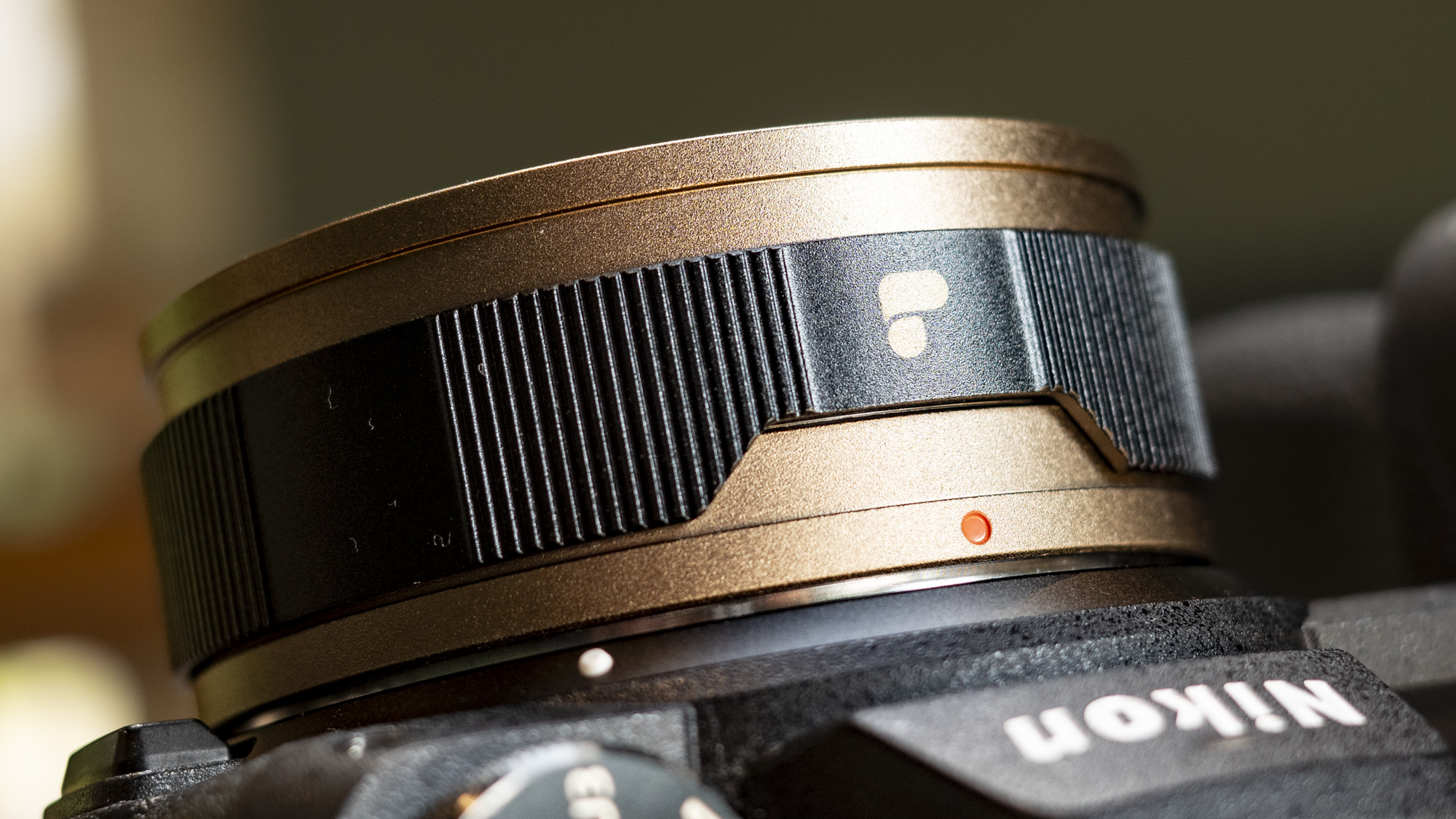
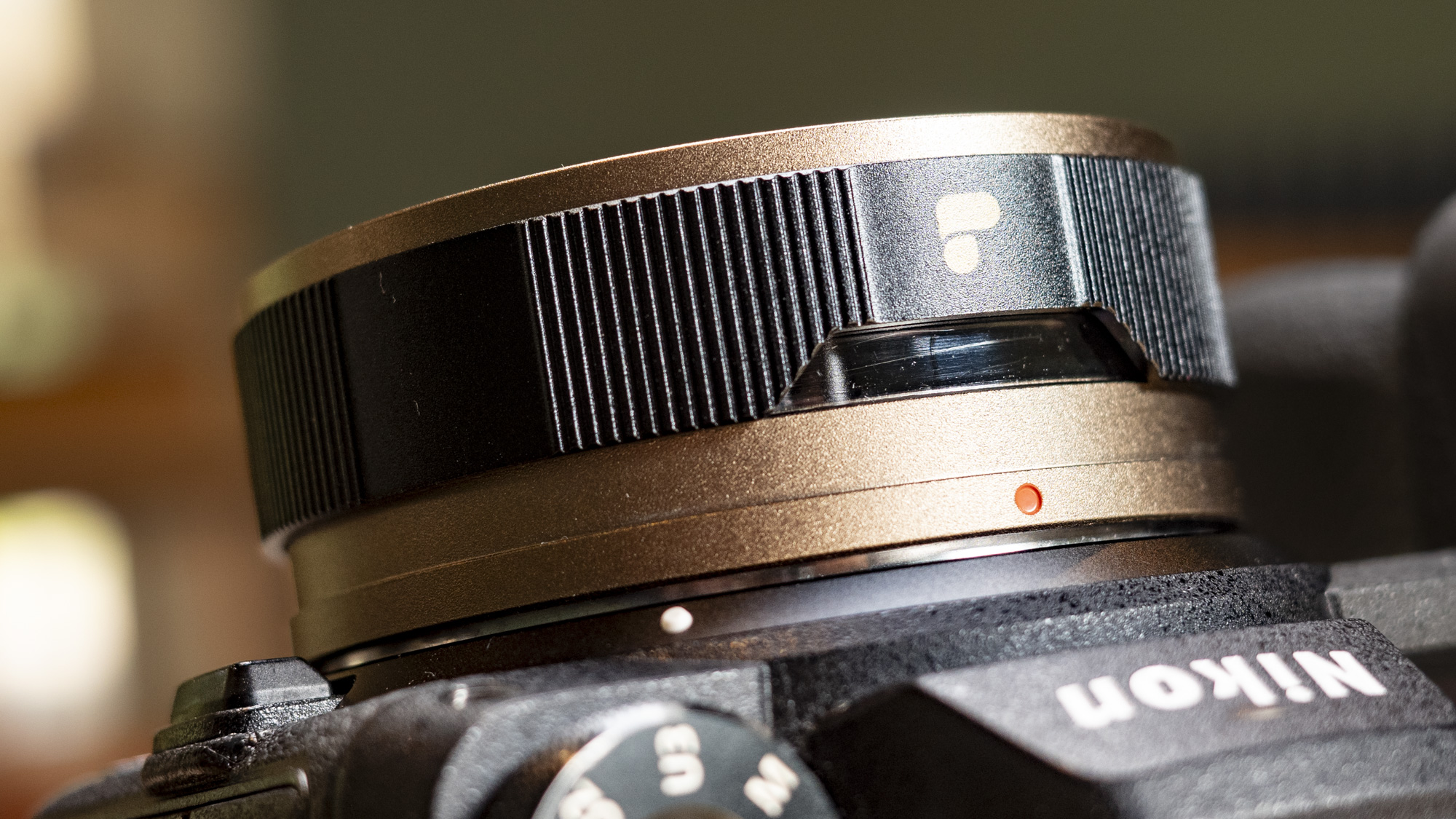
The inspiration for the Light Leak lenses traces back to analog photography days, and the surprising and unpredictable effect caused by a faulty film camera as light leaks onto the film roll inside from outside the lens, and over-exposes it.
From unwanted to mimicked in digital cameras, including the recent Fujifilm X half, the light leak effect is here in the PolarPro lenses simply for creative purposes.
And unlike with analog, there's less guesswork or surprise with the light leak effect with PolarPro's lenses, because the effect is visible in real time on your mirrorless camera's display.
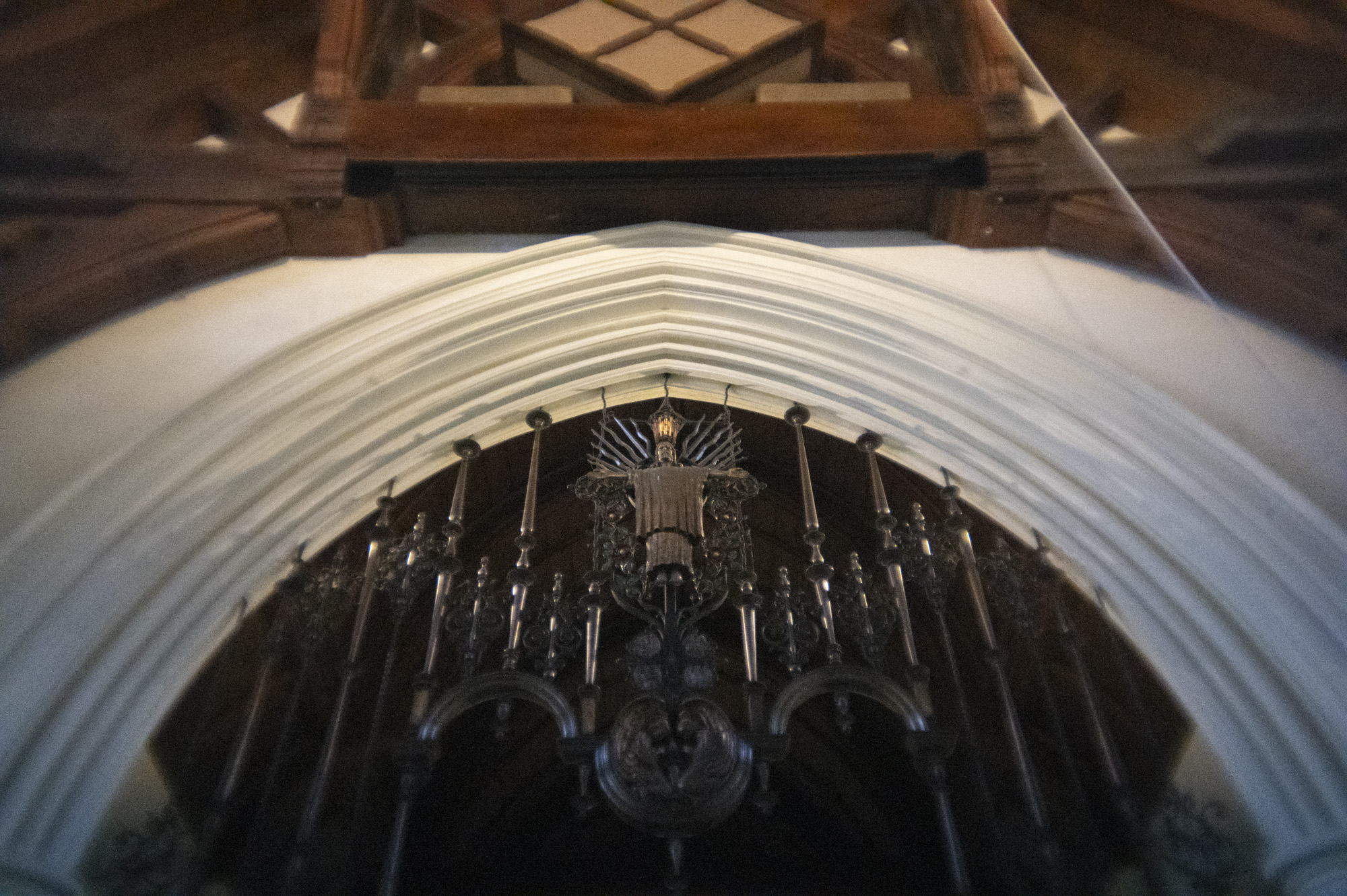

Angle your camera slightly differently, tweak how much the sleeve is pulled out, rotate the sleeve – the resulting effects, which are strongly impacted by the ambient light, range from subtle light bleeds to pronounced halos. Trust me, it's addictively fun.
There are three PolarPro Light Leak primes to choose from: 16mm f/11, 28mm f/11 and 50mm f/11 (full-frame equivalent). They are available for most of the popular mirrorless camera lens mounts – that's Sony E, Canon RF, Nikon Z and Fujifilm X – while the 28mm lens is also available for L mount. MFT users miss out.
In the US, each lens costs $129.99 from the PolarPro website, while they can be purchased together in a 3-pack for $349.99. Global shipping is available from PolarPro, but the lenses can also be picked up individually outside the US from regional suppliers, for about £129 / AU$200. I've also seen deals – for example £110 at Amazon.
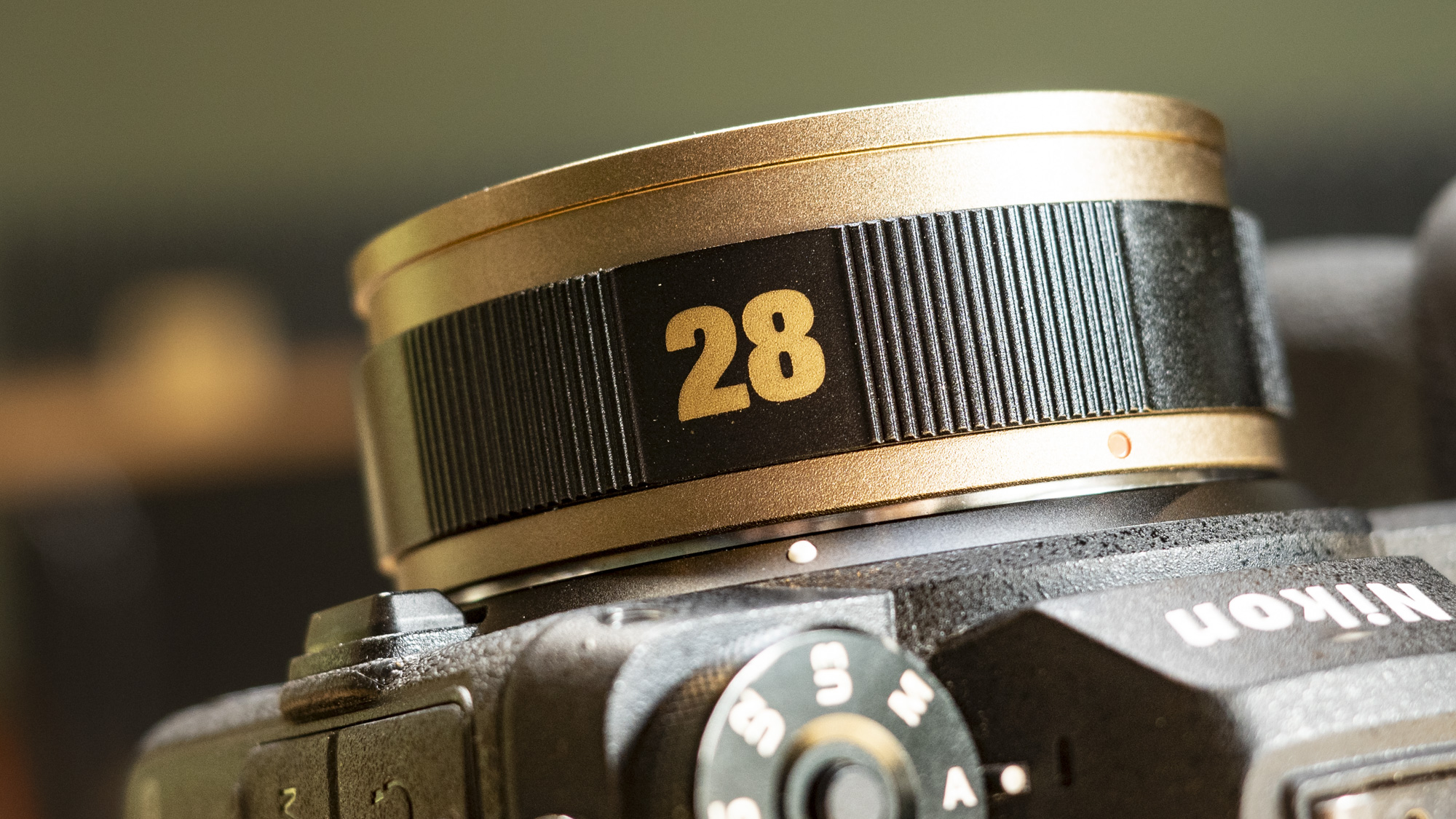
More than just its party trick
PolarPro sent me the three-pack of Light Leak lenses for testing, for the Nikon Z-mount.
In addition to the light leak effect, the 28mm lens I used most extensively of the three, and which PolarPro touts as 'The One', also has a sharp fall-off in sharpness from the center to the edges, giving a dream-like effect.
Combine varied light leak effects and the dreamy soft corners, which serve to emphasize your central subject, and you get technically flawed photos and wild results.

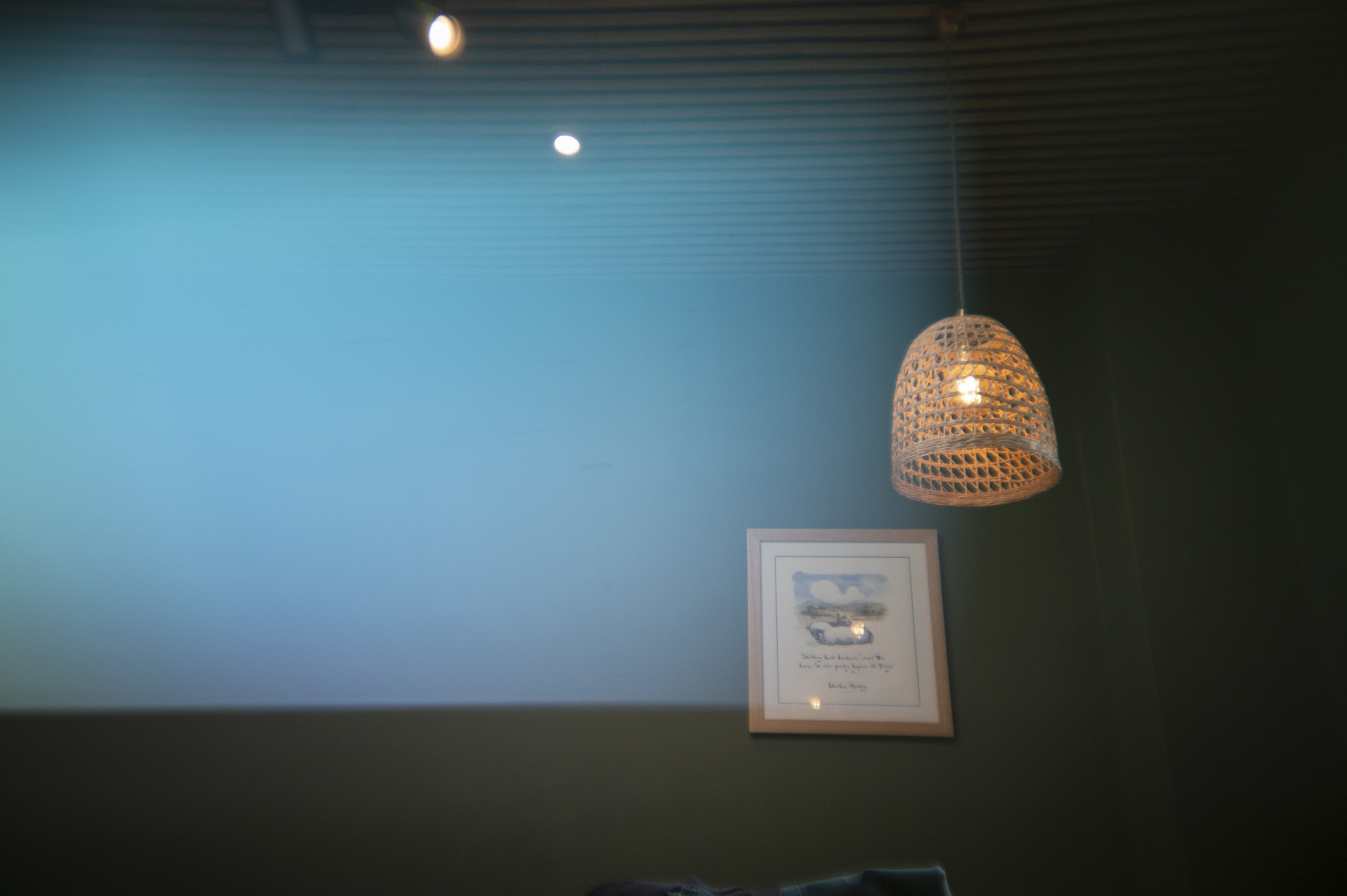
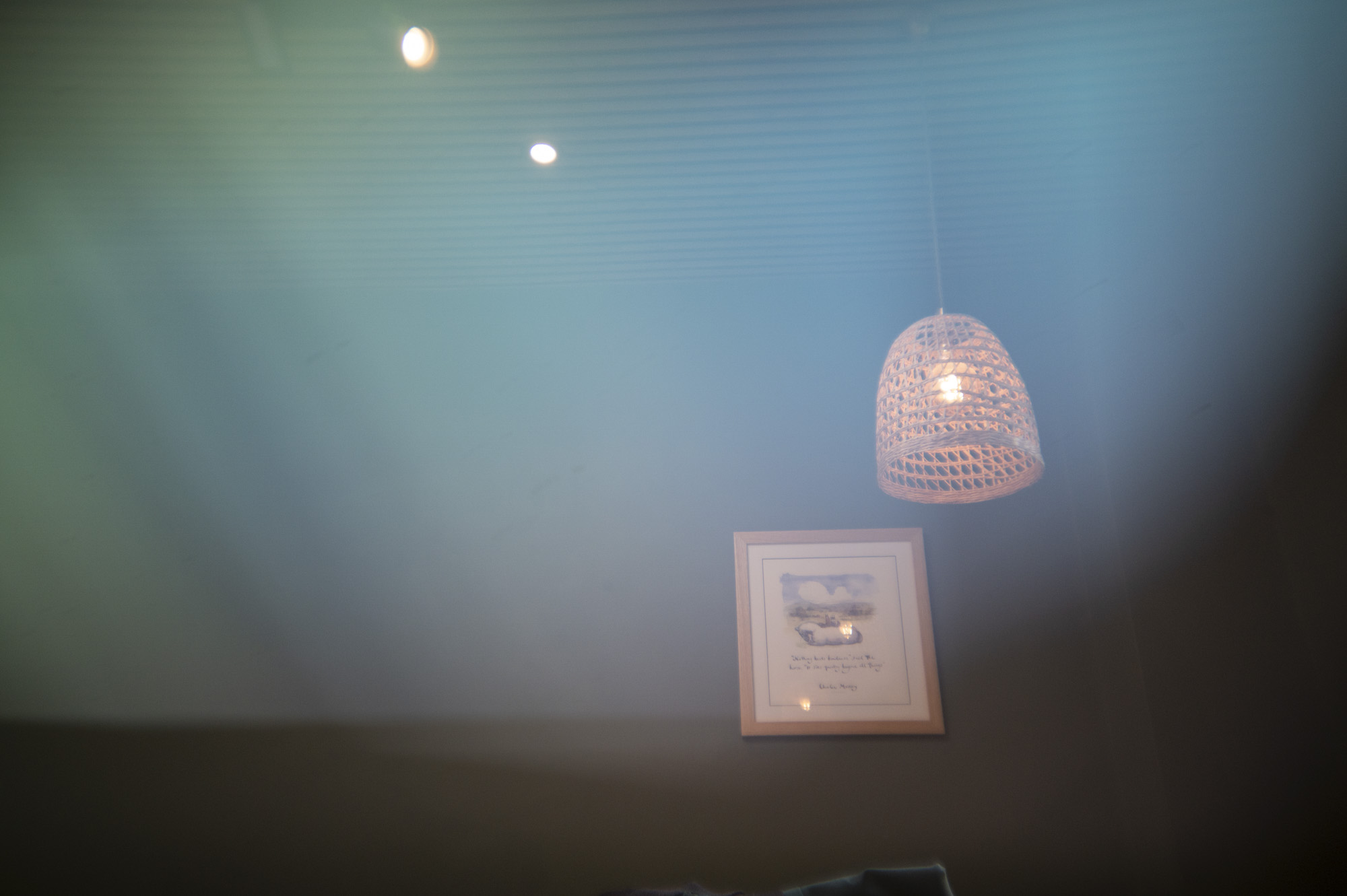
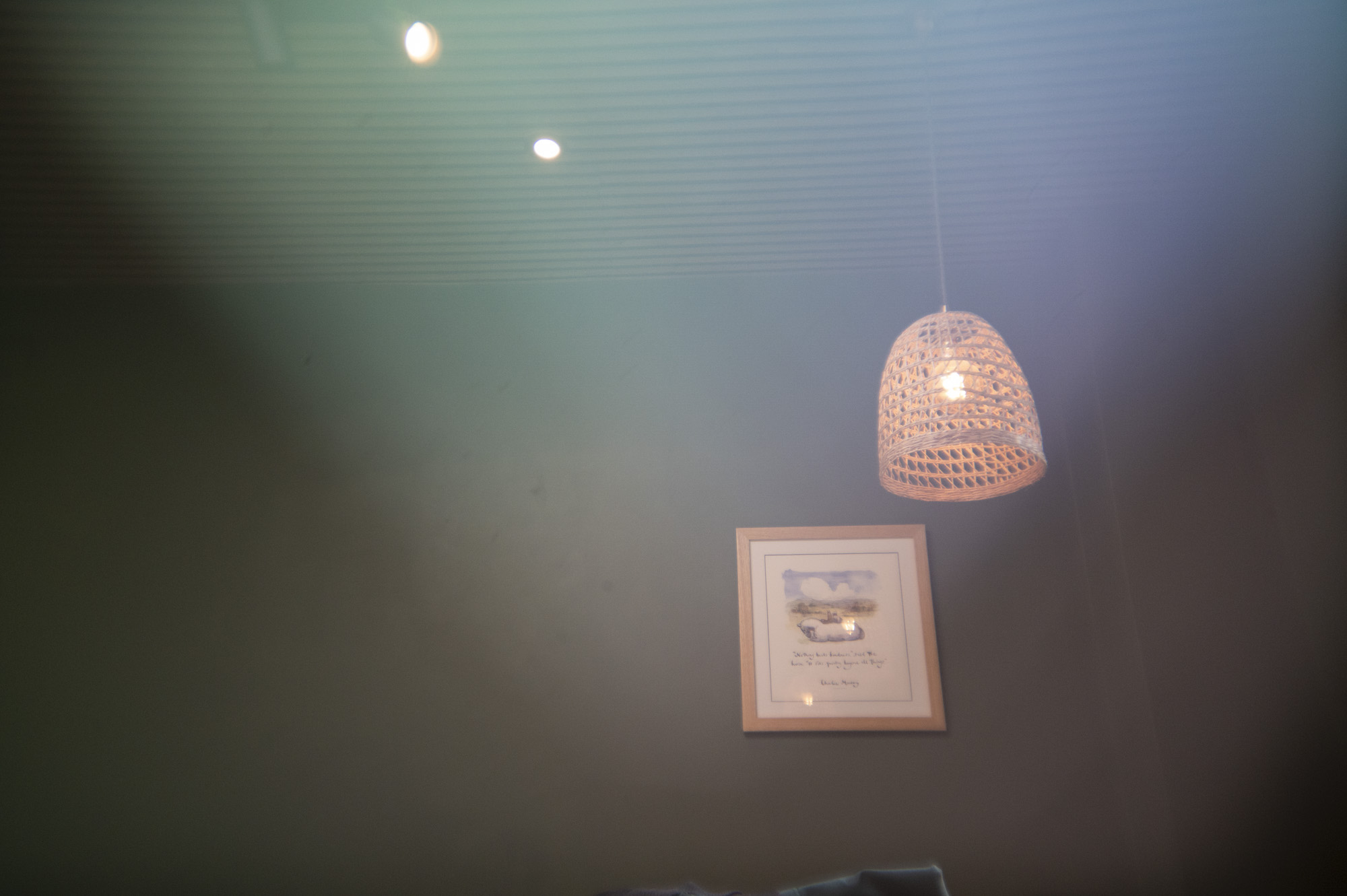
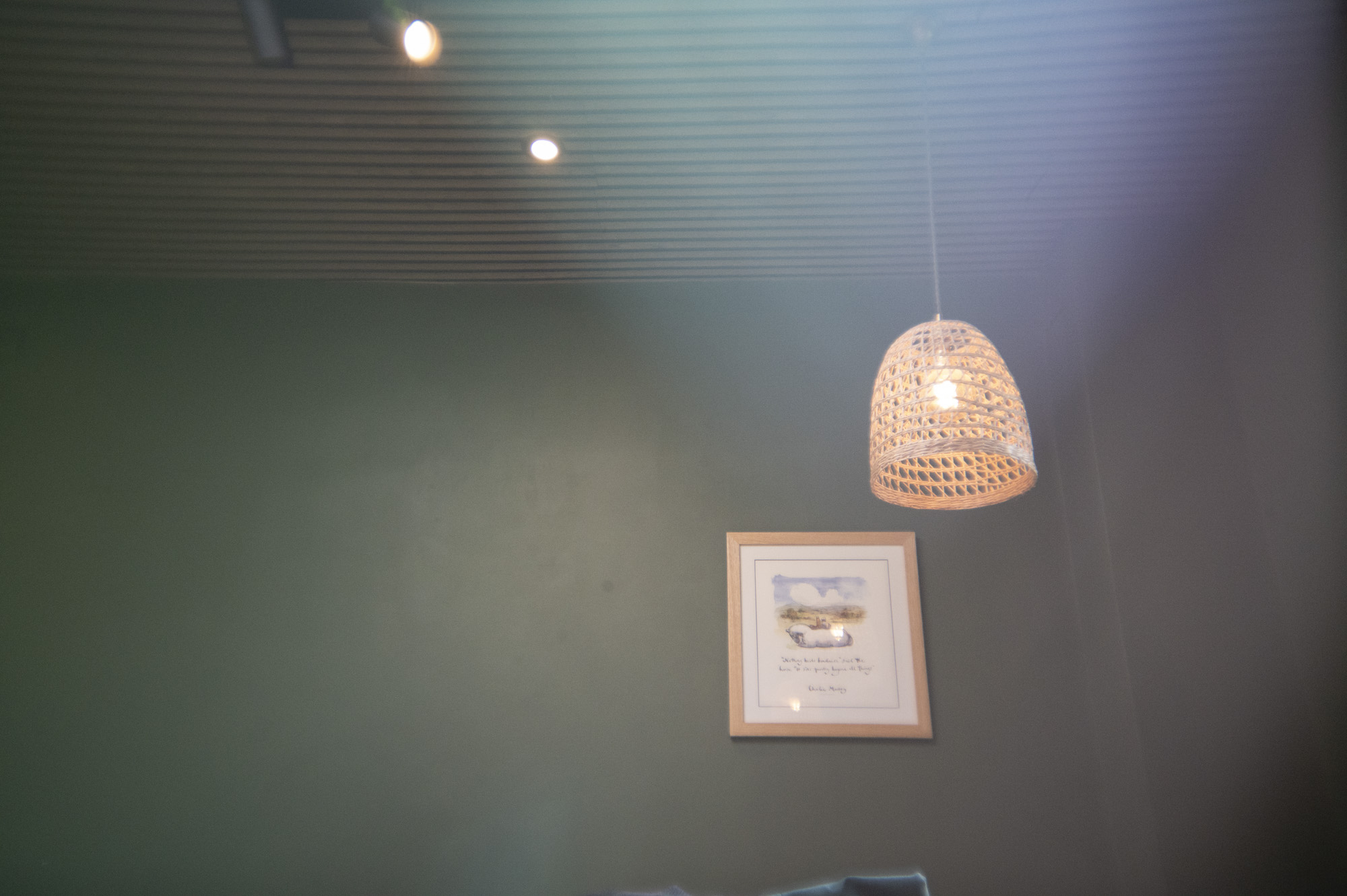

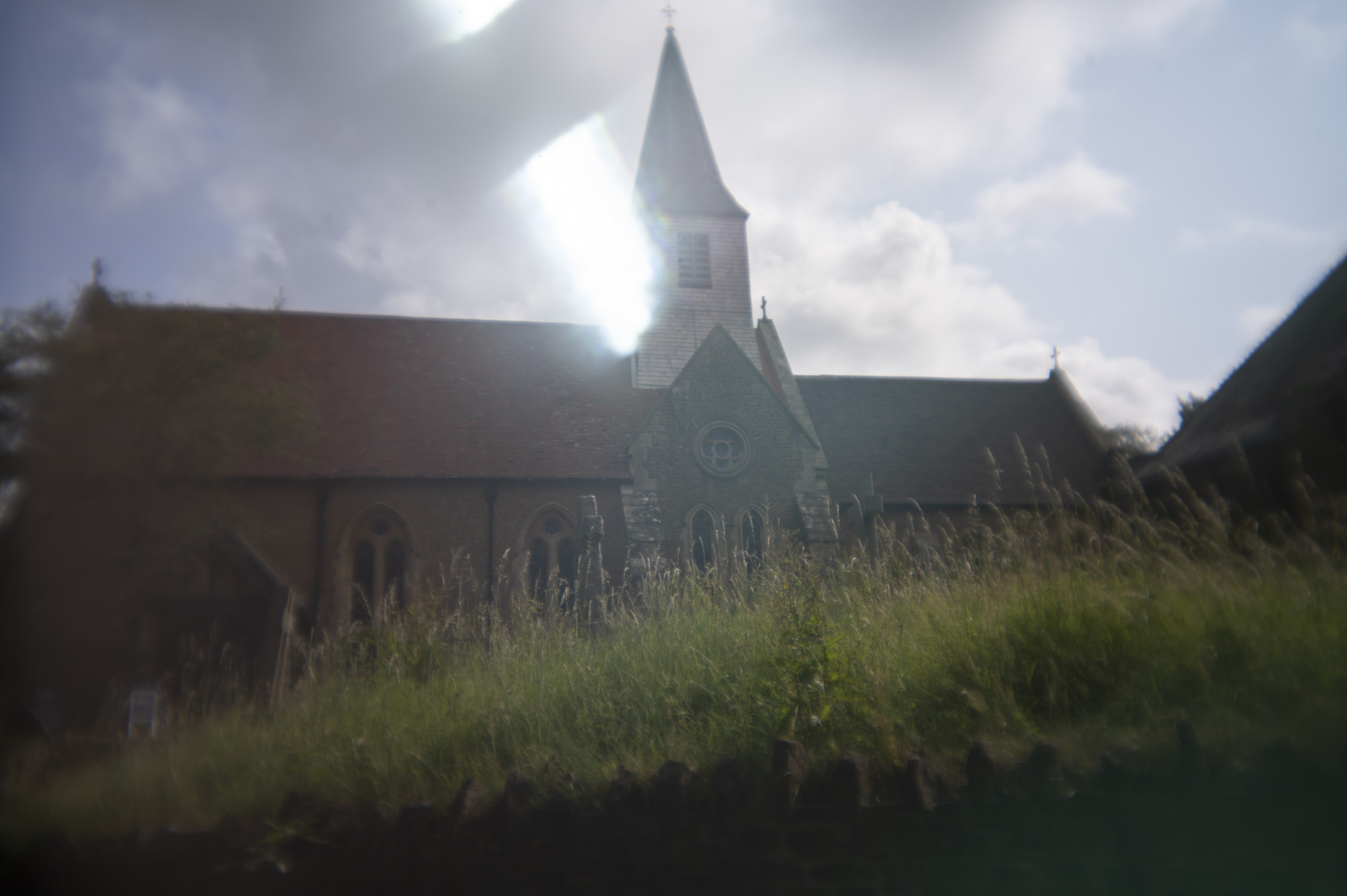
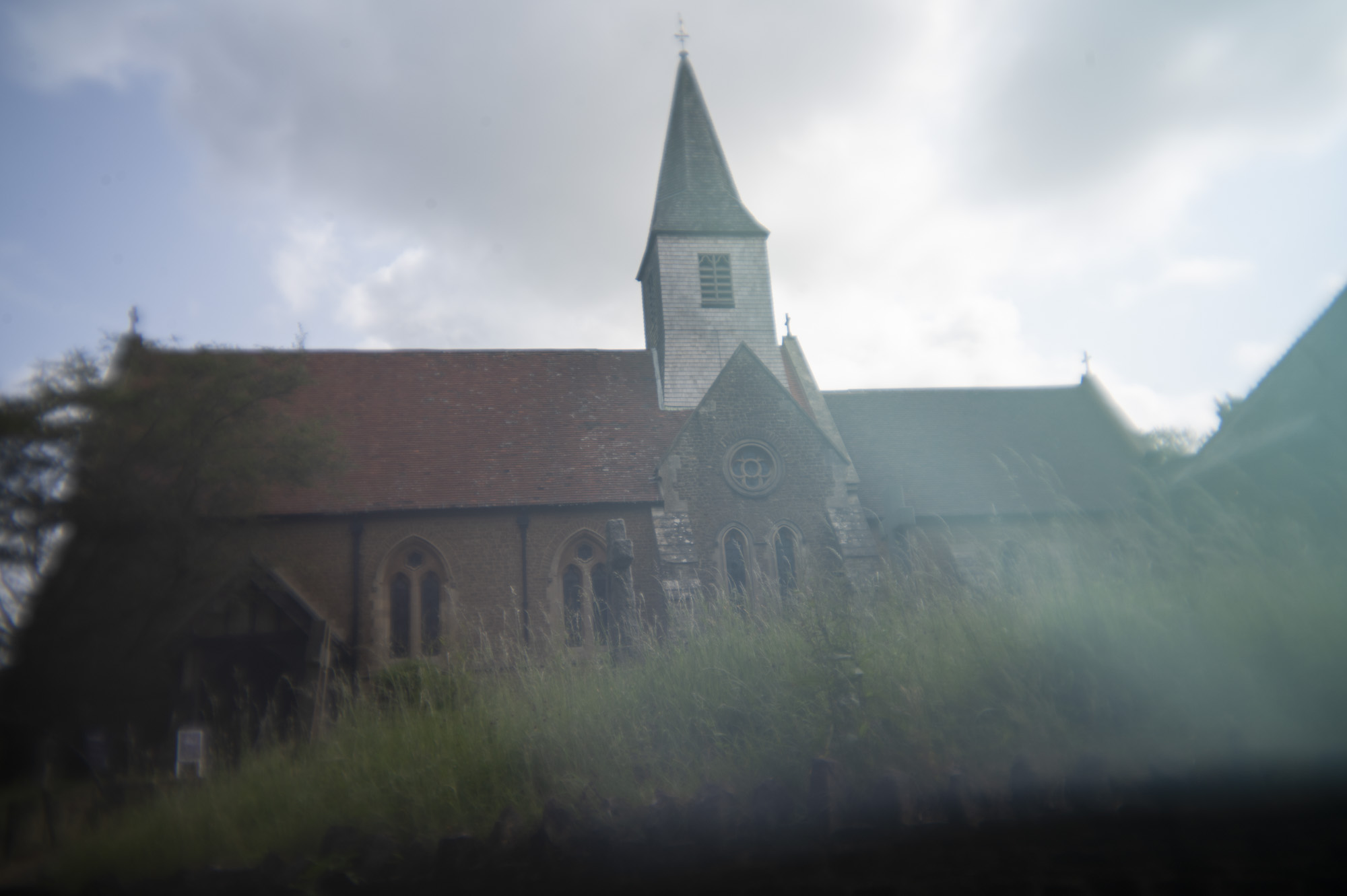
Light leak and blur are effects that can easily be added to regular images using editing software – an approach that will likely sit better with creatives who want a high-quality original image.
However, there's something creatively freeing knowing that the light leak effects are in the original and therefore permanent, and that they are authentic in response to ambient light rather than faked.
Camera gear such as the PolarPro Light Leak lenses usually feel like a cheap and short-lived bit of fun. Yet somehow I've found myself playing with the lenses over a longer period of time.



Optically they are (intentionally) flawed, but I can't speak highly enough of the build quality of each fixed-focus, fixed-aperture lens.
Each one is fully metal, though they lack electronic contacts, which means no metadata, and your camera will need to be set to an option that allows for shooting with no lens attached.
I encountered a couple of practical hindrances when using the lenses with my Nikon camera, the Z6 II. Like many serious mirrorless cameras, it features a pronounced grip, which limits how much of a light leak effect you can get when opening the sleeve on the camera grip side of the lens barrel.
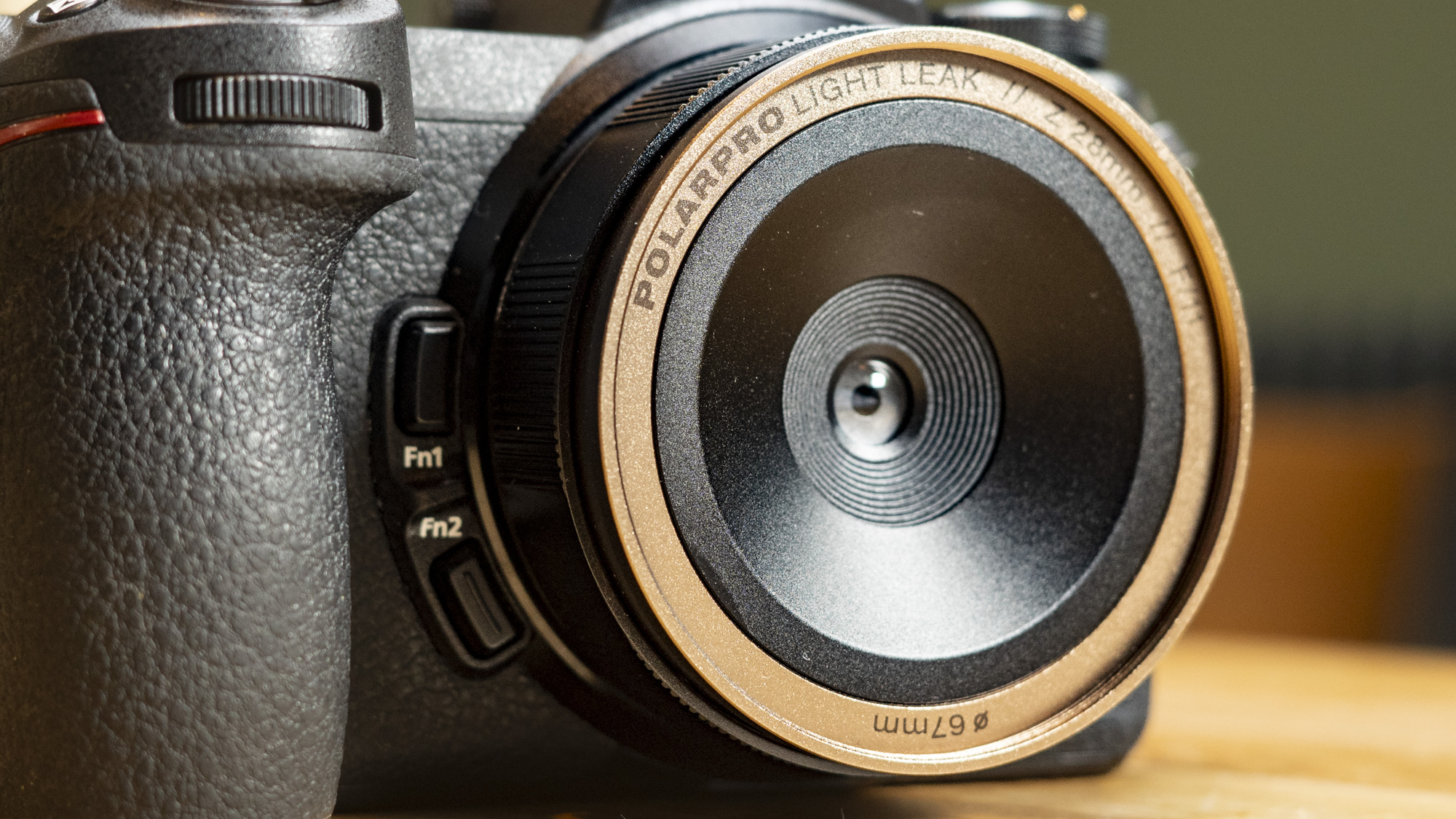
With the 28mm lens, its limited minimum focus distance rules out closeups too – check the photos of the coffee cup, further above. The lens caps often proved fiddly to remove as well.
Aside from those niggles, PolarPro's Light Leak lenses have proved a lot of fun, and for a little over $100 / £100, could be categorized as an impulse buy. Are they optically any good? Technically, no. But I think you're going to enjoy them.
You might also like
- What is an anamorphic lens? And why I bought one for smartphone videography
- I tried the world’s first f/2 telephoto zoom lens – here’s why the Sony 50-150mm is now my dream event photography lens
- You don't need to spend big on lenses - I took the best pictures of my life with a super-cheap autofocus Viltrox







